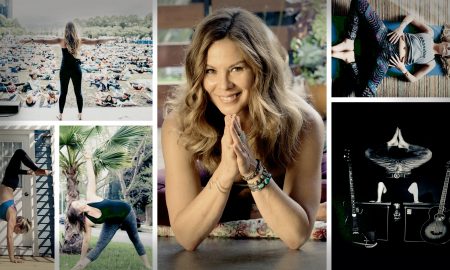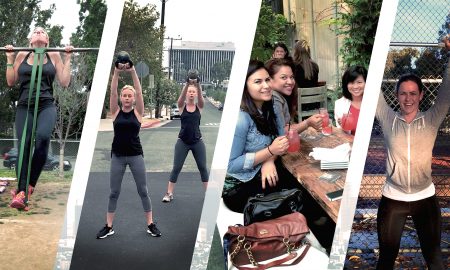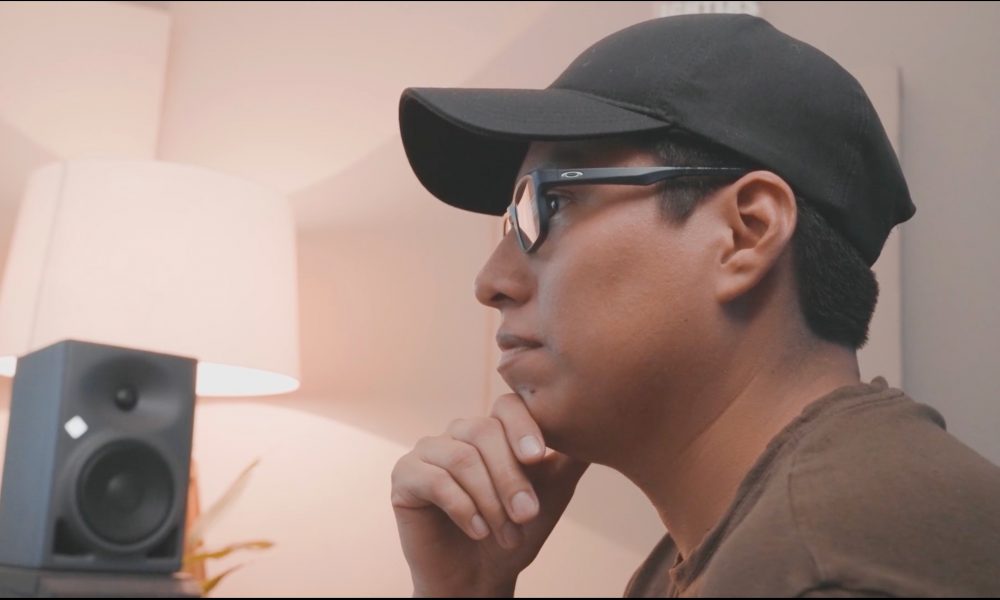

Today we’d like to introduce you to Jorge Alayo.
Hi Jorge, please kick things off for us with an introduction to yourself and your story.
I started in music when I was 10 years old, in Trujillo, a city in the north of Peru. I used to get sick really often, and one day while in bed, I woke up with a weird idea in mind, as if someone had implanted it into me: I had to learn to play guitar. My family is not into music, so it was kind of weird, but my dad bought me my first guitar, and I started taking lessons. I really enjoyed it and was pretty good at it but left it some months ago to focus on school. Some years later, I started to play drums and got really serious with it. I used to play in 4 or 5 different bands, all around the punk rock style. In a couple of years, I became the go-to punk rock drummer in the scene and got to record a lot of albums. In those years, I discovered the recording and music production process and fell totally in love with it. Meanwhile, I had to study a “real career,” so I decided to study psychology. During college, all I wanted was to get to the weekends to play some shows with my bands, so after graduating in psychology, I decided that if I wanted to get better at music, I had to dedicate myself full-time to it. That’s why I moved to Lima, the capital of Peru, to study music production. It was a dream come true; during those five years, I really enjoyed every class and opportunity I had to learn. While I was still studying, I got accepted as an intern in one of the most renowned recording studios in Peru, Mega Studios from Rafo Arbulu. I worked there for more than four years and learned so much. I’m really grateful for the opportunity Rafo gave me to be part of his team; we are really close friends until now. After graduating with honors, I decided that it was time for me to go solo, so I started working as a freelancer in my own home studio as a music producer and mixing engineer. After some months of working really hard, things started to get better, and over those years, I had the fortune to work with most major Peruvian artists in a variety of different genres, from funk, hip hop, fusion, jazz, rock, experimental, electronic, singer-songwriter, Latin urban, among others. In 2023, I felt that I needed to keep growing, so I decided to apply for a visa and move to Los Angeles; after some months of paperwork, I finally moved last February.
Can you talk to us a bit about the challenges and lessons you’ve learned along the way? Looking back, would you say it’s been easy or smooth in retrospect?
Actually, the path was full of struggles. At first, growing up in a small city like Trujillo, where art was not seen as important, deciding to become a musician was almost like committing social suicide, haha. But my family became very supportive after they understood that it was my dream and that it was the only thing that could make me feel complete. So, despite having a bachelor’s in psychology, I decided to start again in another city with zero friends and almost no family. Another challenge was managing my schedule during the time I was studying and also working in the studio as an assistant; I had some 20-hour days between classes and work, so it was pretty tough during those initial years. So yeah, there have always been different challenges, and now the most recent one, which is moving to a different country and starting all over again. But I think I really prefer the struggle over the comfort zone.
As you know, we’re big fans of you and your work. For our readers who might not be as familiar with what you do, what can you tell them about what you do?
I’m a Music Producer and Mixing Engineer, but in recent years, I’ve been doing more Mixing and Mastering work than Production. The Mixing process is a post-music production phase where you have the opportunity to contribute a lot artistically to the project and to the artist’s vision. As a Mixer, you receive all the instruments of the song separately, and your mission is to make them work cohesively and to make the song transmit the right emotion. Mixing is a perfect balance between the technical and the artistic sides of the brain, which is what makes it fascinating: you use technical tools to get the most out of the emotion in every song.
I think that over the last few years, I’ve gained some fame as a Mixing Engineer who can add a lot to the production, so I usually get credited as a Co-producer for that. Without playing a single note in the song, I can change so much in the feel of it. I think that maybe this is what kind of makes me stand out, along with my particular vision of the music and the energy in songs.
So maybe we end on discussing what matters most to you and why?
For me, the most important aspect of mixing is to produce a song that feels great when you listen to it, a song that transmits the right feeling of the artist’s intention. If it sounds technically good, without any mistakes, but doesn’t evoke any reaction in the listener, that’s not a good sign for me. Music is emotion, and the main reason to mix or produce a song is to enhance its impact at an emotional level, not just in a technical and theoretical way.
Contact Info:
- Website: www.jorgealayo.com
- Instagram: https://www.instagram.com/jorgealayo/
- Linkedin: https://www.linkedin.com/in/jorge-alayo-4a836152/
- Other: https://open.spotify.com/playlist/2lOXoL4jhVEGHXhIDZG6Y4?si=8ad909c144564148
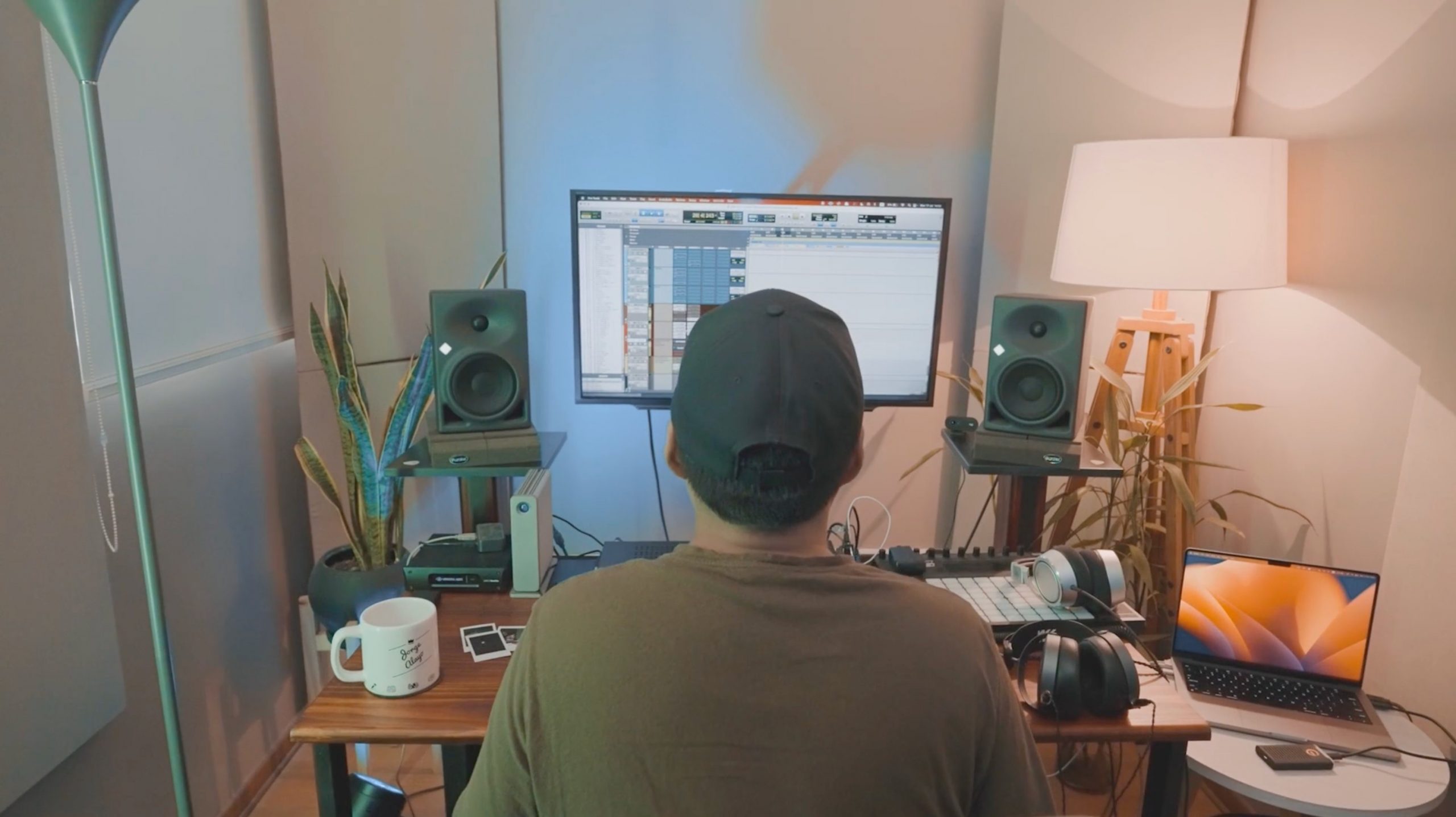
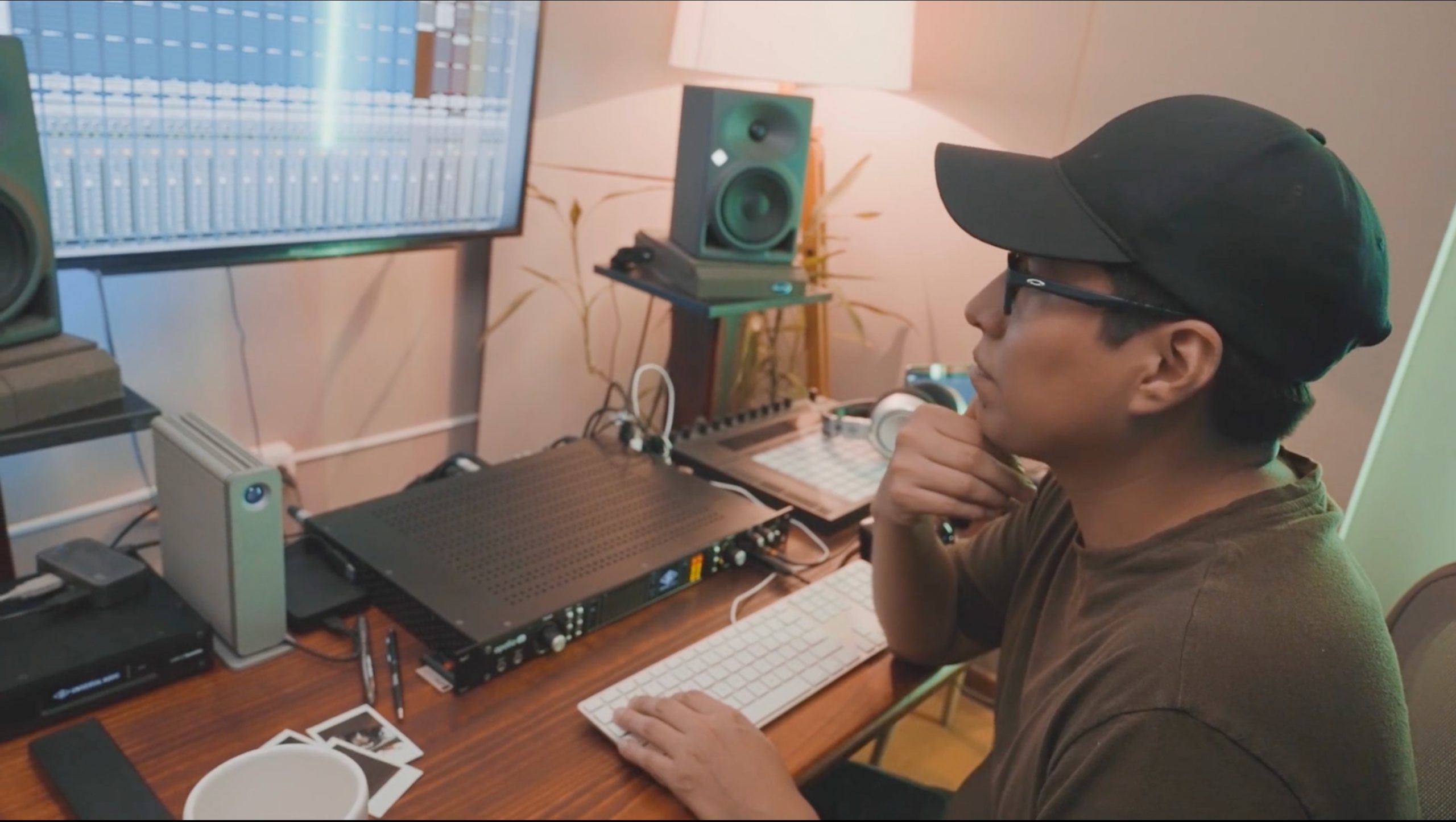
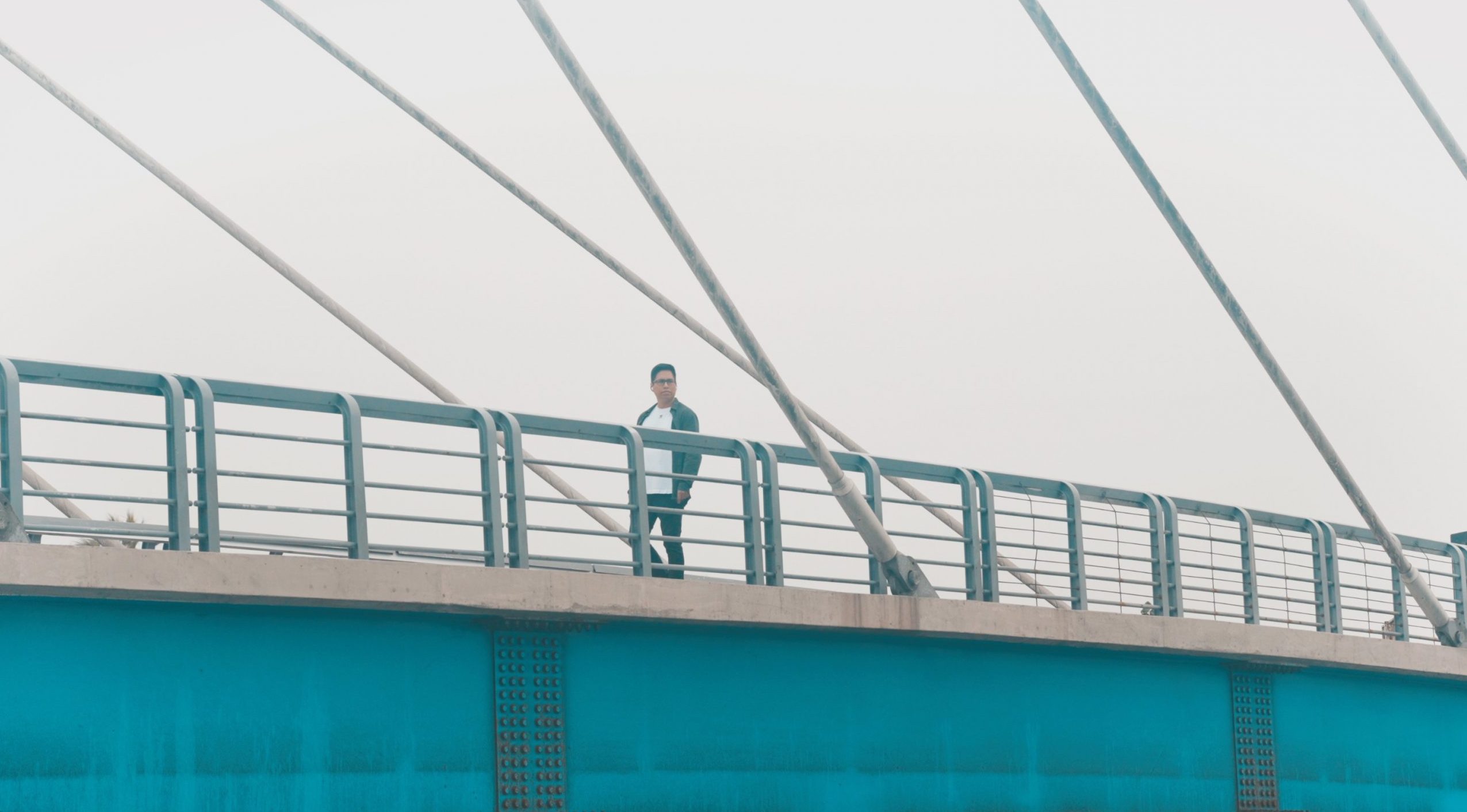
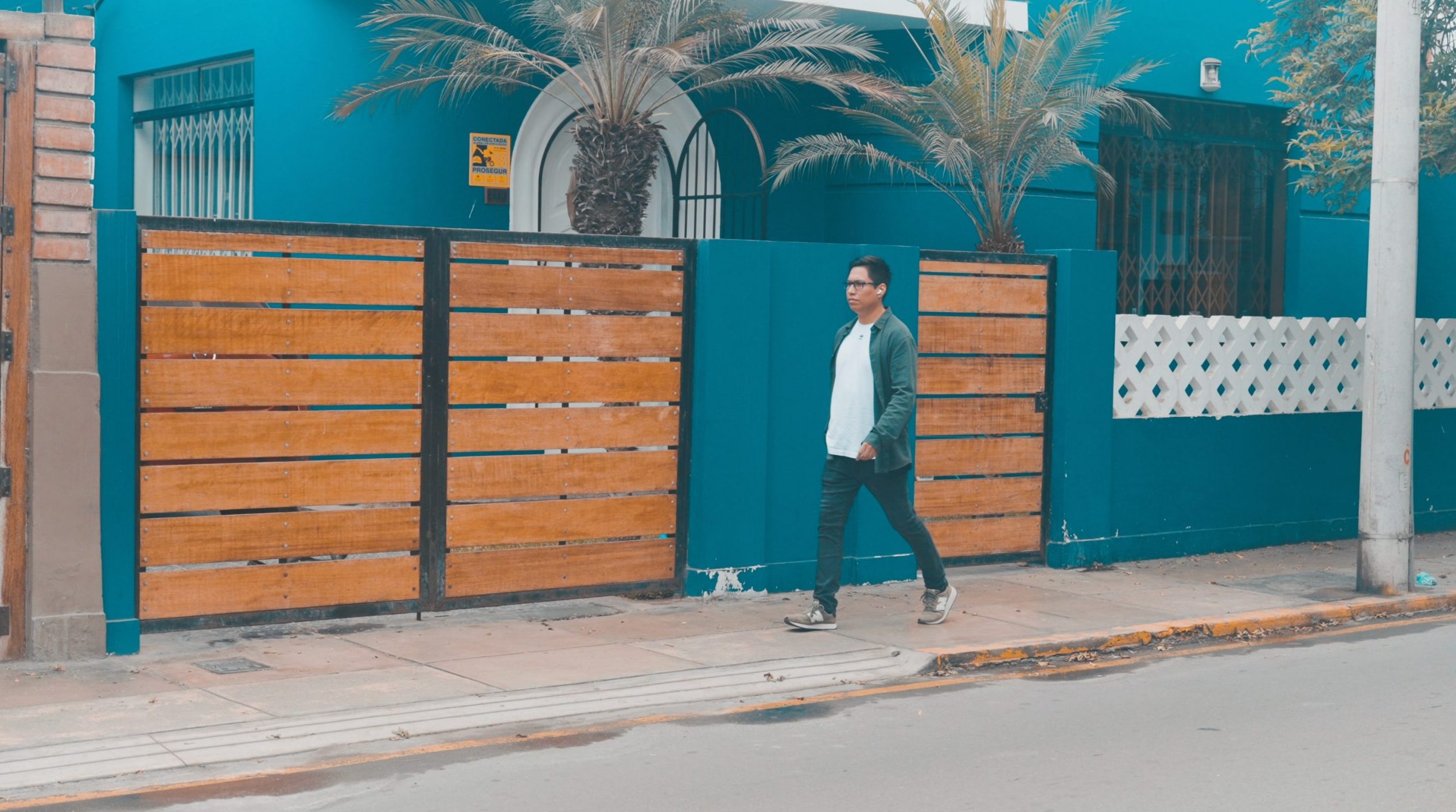
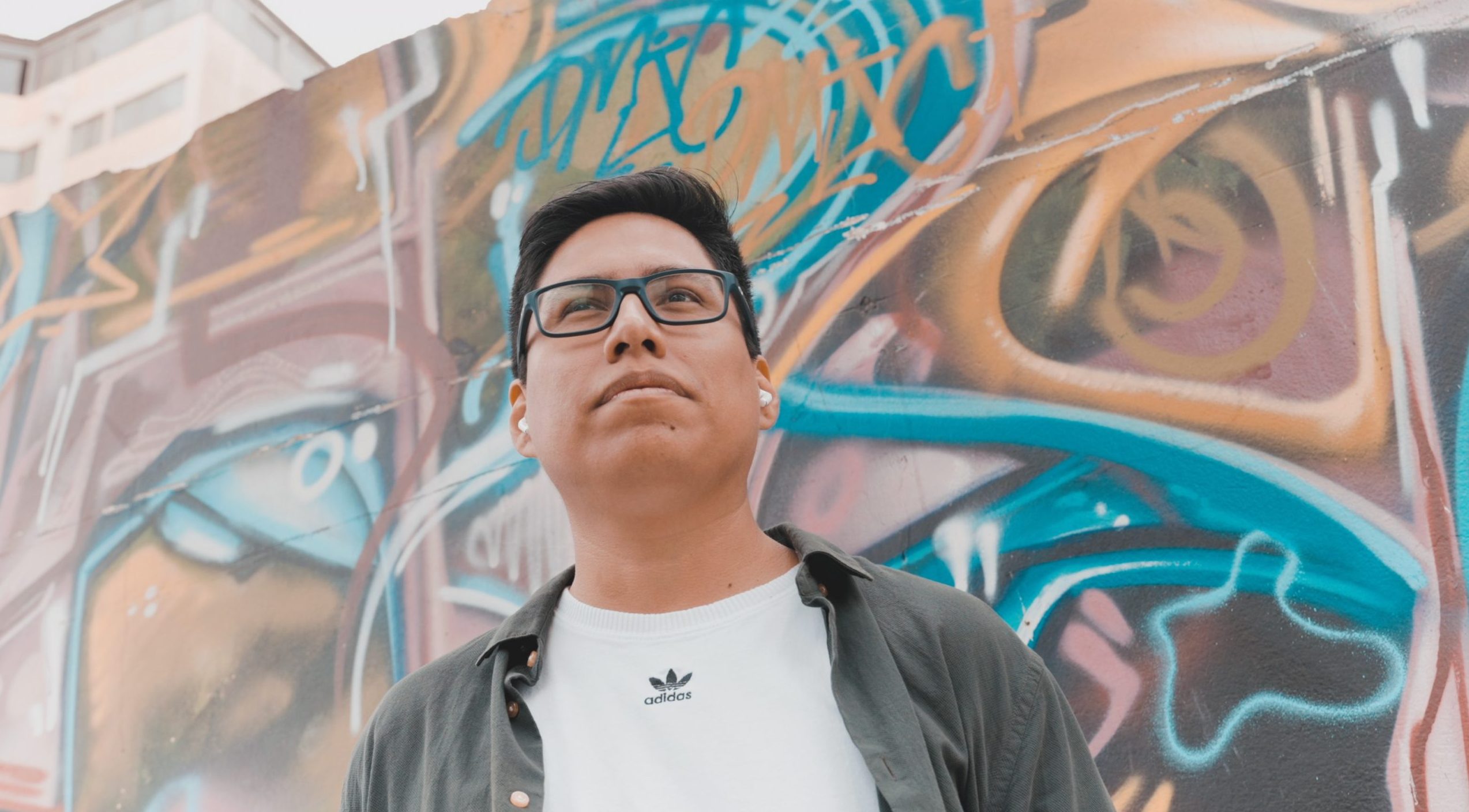
Image Credits
Veronica Lanza



